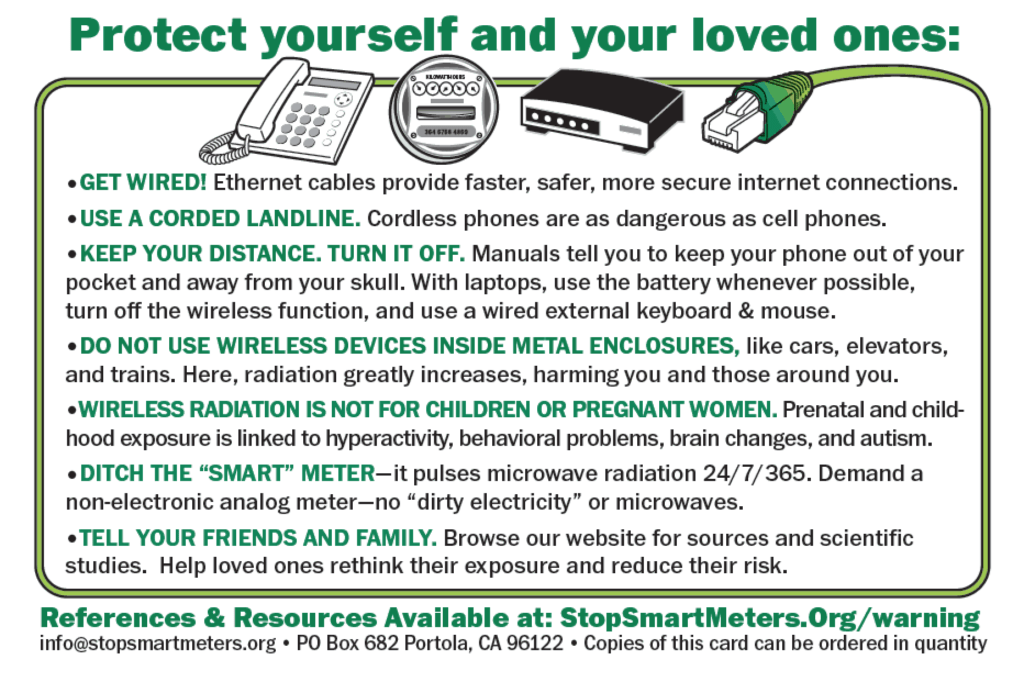Cleaning your teeth isn’t rocket science. You don’t need a lot of fancy technology. A simple brush and floss will do. Some people even use small sticks. (Yes, even in this day and age!)
You don’t even need toothpaste to get the job done, since it’s the mechanical action of brushing that matters most. A paste or powder just gives you a little extra abrasion, making it easier to break up the sticky biofilm “plaque” that forms on your teeth between cleanings.
But this is a high tech age, where appliances, tools, gadgets and gizmos are increasingly designed to be “smart” – phones, televisions and now…
Using Bluetooth 4.0 technology, the toothbrush can connect to the free Oral-B app (available this summer for the iOS market first and then for the Android market). As a user brushes, the app provides real-time guidance and records brushing activity, such as time spent brushing, if too much pressure is being applied, and other information. The data can be shared with the user’s dental professional, which the company hopes will create smarter, more personalized brushing routines.
If patients bring their smartphone with the Oral-B app to their dental appointment, the dental professional can program the app to specify areas of the mouth that might need additional brushing and ultimately improve patients’ brushing performance.
Doesn’t that sound cool and helpful? What a great way to improve home hygiene and keep dental problems from cropping up, right? Who could be against preventive dentistry? Besides, personal health gadgets are trendy – or so the gurus declared with this year’s Consumer Electronics Show.
“There are people who are very passionately waiting for” this Bluetoothbrush, swears an associate marketing director at Procter & Gamble (the maker of Oral-B).
“I truly believe that 10 years from now,” he says, “it’s going to be hard to think you didn’t have something like it.”
Not everyone is champing at the bit. “It’s one of those things you think are great at first but never actually buy,” says Karina Clarke, a 34-year-old Paris real-estate agent. The idea, she says, seems like “a microwave you put in your mouth.”
Sure does.
We question the wisdom of keeping such a frequency-emitting device – or any other – in the mouth, mere inches from the brain. While much more research is needed to fully understand the effects of such regular radiation on health, there is evidence that simple proximity can raise cancer risk.
Much of the research to date has focused on cell phones, which a World Health Organization panel has, in light of the science, designated as “possibly carcinogenic.” At the same time, WHO holds to the tenet that exposures below certain levels are no problem or cause for concern.
Extensive research has been conducted into possible health effects of exposure to many parts of the frequency spectrum. All reviews conducted so far have indicated that exposures below the limits recommended in the ICNIRP (1998) EMF guidelines, covering the full frequency range from 0-300 GHz, do not produce any known adverse health effect.
“However,” they add, “there are gaps in knowledge still needing to be filled before better health risk assessments can be made.”
But let’s assume that the level of microwave radiation emitted from any given source – a cell phone, Bluetooth device, WiFi network, etc. – is well below the official safety threshold. In that case, it’s certainly true that something like a Bluetooth enabled toothbrush isn’t apt to do you much harm.
Trouble is, none of us are exposed to just one or even a few sources of radiation. Electromagnetic pollution is a real problem. Daily, we’re surrounded by radiation from countless sources – from wireless technology to power lines, security scanning to excess medical imaging, and plenty in between. While we’re all exposed to some radiation by simple virtue of being alive – radiation from both cosmic and terrestrial sources – human-made sources ensure we’re more exposed than any population before.
In the words of a recent New York Times op-ed on overuse of medical imaging in particular, “We are silently irradiating ourselves to death.”
The last thing we need to do is add any more to it with something so unnecessary as a so-called “smart toothbrush.” In fact, you might say that such a brush is kind of dumb.

Image via EMF Safety Network